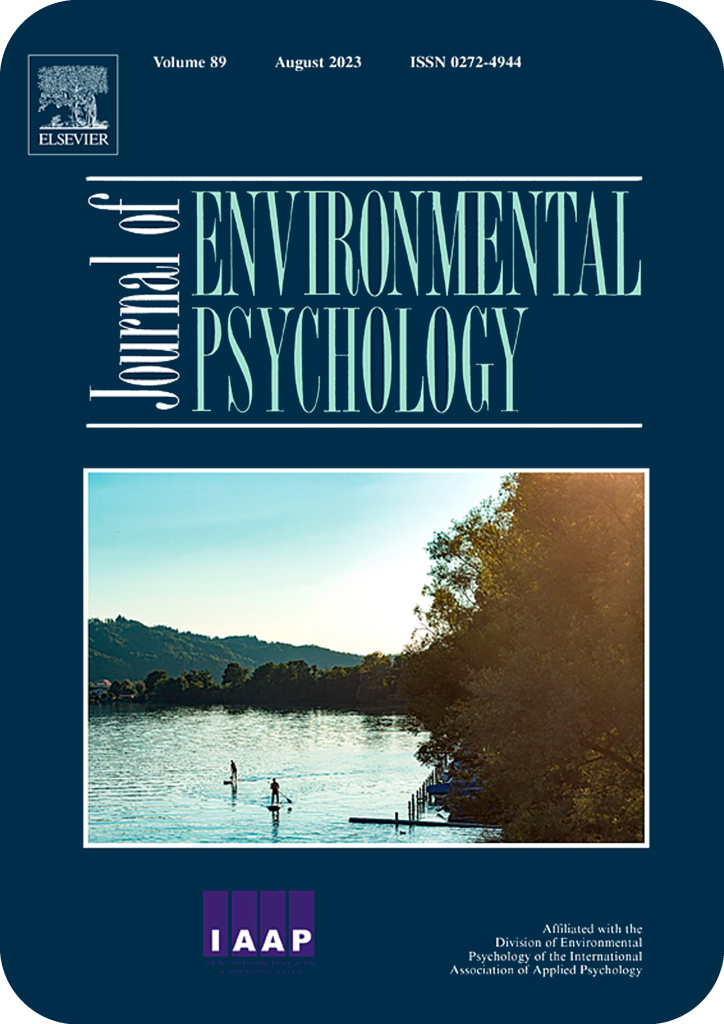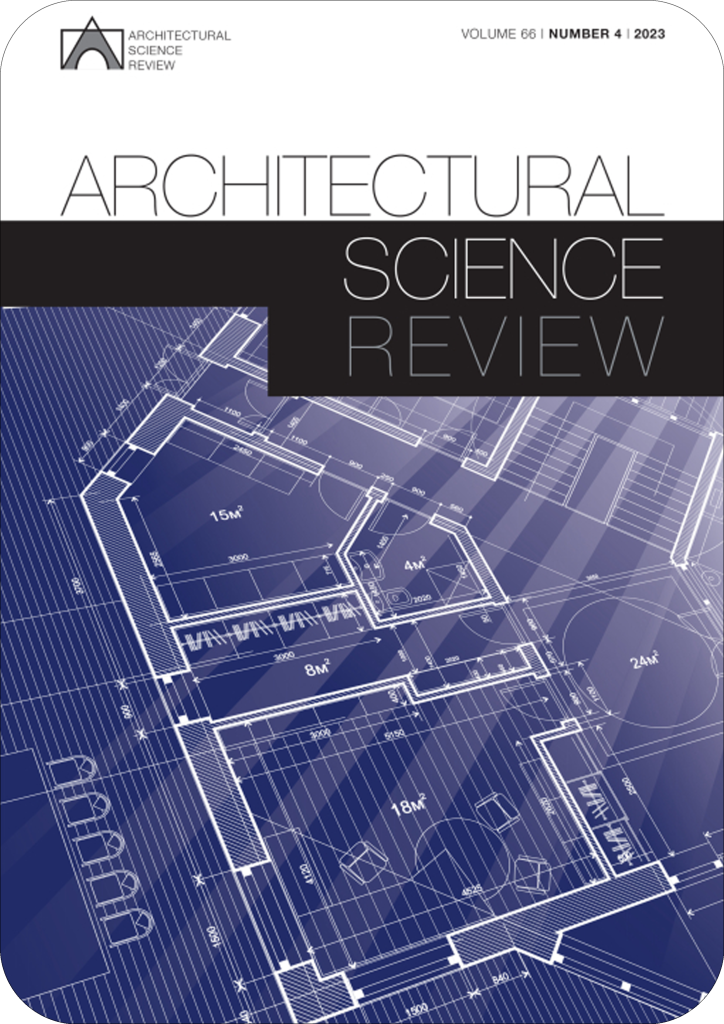
Abstract: This paper reports on a primary metric tool developed in a collaboration between an architecture researcher and a computer science researcher. The development of this tool emerged from the concept that the spatial openness (SO)—the volume of free space measured from all possible observation points—is an important quality indicator of alternative spatial configurations within given constraints; this concept is based on the idea that the geometry and morphology of the built-up environment influence perception. Previous work showed that comparative SO measurements in alternative spatial configurations are correlated with the comparative perceived density, and in particular that a higher value of SO indicates a lower perceived density. We present a feasible 3D computational method for measuring SO and demonstrate its potential use in the design process. The SO metric is a step towards the development of quantitative comparative evaluation of building shapes and spatial configurations related to the 3D observation of open space.
more papers


